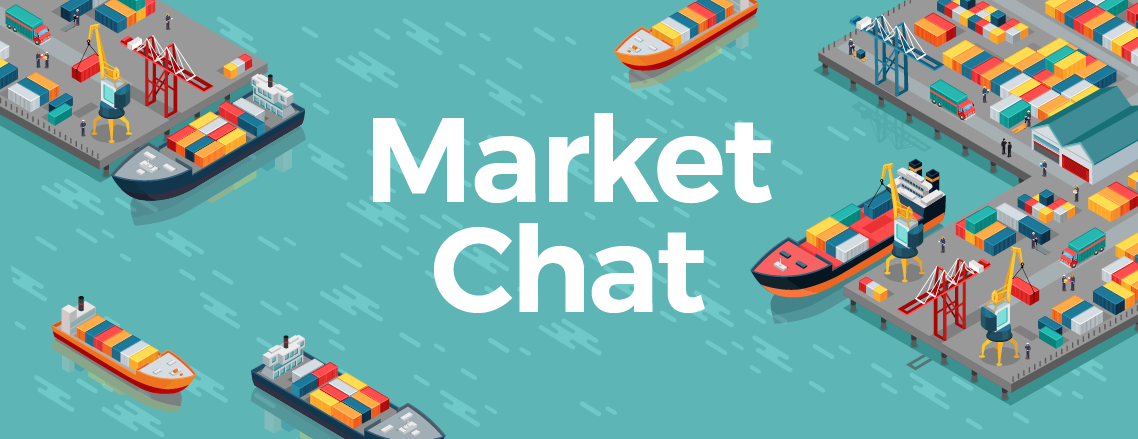Market Chat: VLGC Spot Rates Climbing
Author: Joey Daly
It has been a good month for VLGC owners, as several factors aligned to keep rates firming despite an influx of Newbuild tonnage.
On the 30th May, the BLPG1 Time Charter Assessment (Middle East Gulf to Japan) was up 40.6% from 73.2 USD/MT to 107.5 USD/MT, whilst the BLPG2 (US Gulf to Japan) was up 20.5% from 130,000 USD/MT to 157,140 USD/MT. This hot market is partly caused by a strong US-Asia LPG arbitrage, as Asian demand holds steady and US production shows no sign of stopping.
Limited European demand, due to the upcoming Northern Hemisphere summer and a Butadiene surplus, contributed to the premium on Asian cargoes, sending more tonnage to the Far East. These longer journeys have meant more tonne miles for the sector and healthy growth in earnings.
The Panama Canal has faced historically low water levels, causing delays and congestion. As of the 25th May there were 75 vessels in queue for transit through the Panama Canal, with South Bound vessels expecting a delay of 3 to 4 days.
For many vessels trading between the Gulf of Mexico and Japan, these delays were enough to justify going the ‘long way round’, only adding to the tonne mile demand and pushing rates up further. Rates continued to firm despite the 12 Newbuild VLGCs scheduled for delivery in Q1 2023, although it is unclear for how long demand for large gas carriers can outstrip supply. With multiple newbuilding projects underway, earnings and values are predicted to see a moderate reduction this year, and fall further in 2024.
For now however, the market remains buoyant. Avance Gas reported record Q1 profits, and analysts are upgrading their outlook on Dorian LPG (again). All in all, a succesful month for the Large LPG sector.
Spot rates falling worldwide, end of the chemical tanker boom?
Author: Charlie Litterick
Over the last 18 months or more, the worldwide small tanker freight market has demonstrated a Lazarus-like revival from the preceding decade, when charterers became accustomed to low spot and COA prices. However, over the last 3 months, the global rally on spot rates in the small tanker CPP/Chems market has slowed substancially, though not to the low levels seen at the turn of the decade.
Even the untrained eye reading many of the various chemical shipbroker market reports may spot the recent downward trend, with rates falling 20-25% from previous highs. It also appears this is not a pattern affecting a single trade path, making it difficult to blame conventional supply/demand dynamics that drive freight markets. USG-FE has seen the same downturn that FE-US has and ex ARA rates have largely followed the same trend. It seems where ever you look the trend is the same.
Summer is typically a quieter time of the year, putting downward pressure on freight rates, but this trend started at the end of January of this year and appears unlikely to reverse anytime soon as we sail full steam into the summer of 2023.
With the low earnings for Owners over the past decade, it was only the mad or the brave that went to the yards.. The newbuilding order book has been very small, so its not a sudden abundance of tankers coming into the market that has decreased global freight rates, as the net growth/loss of tonnage in this space remains neutral. Also note there are no major plant outages that would effect supply/demand.
While crude and larger tanker freight rates have largely increased as global trade patterns change, this has had little effected on the small chemical tanker market. It is presumed the initial boom in rates caused by the uncertainty has now subsided and things are returning to a new ‘normal’.
VesselsValue data as of May 2023.
Disclaimer: The purpose of this blog is to provide general information and not to provide advice or guidance in relation to particular circumstances. Readers should not make decisions in reliance on any statement or opinion contained in this blog.
Want to know more about how our
data can help you assess the market?

